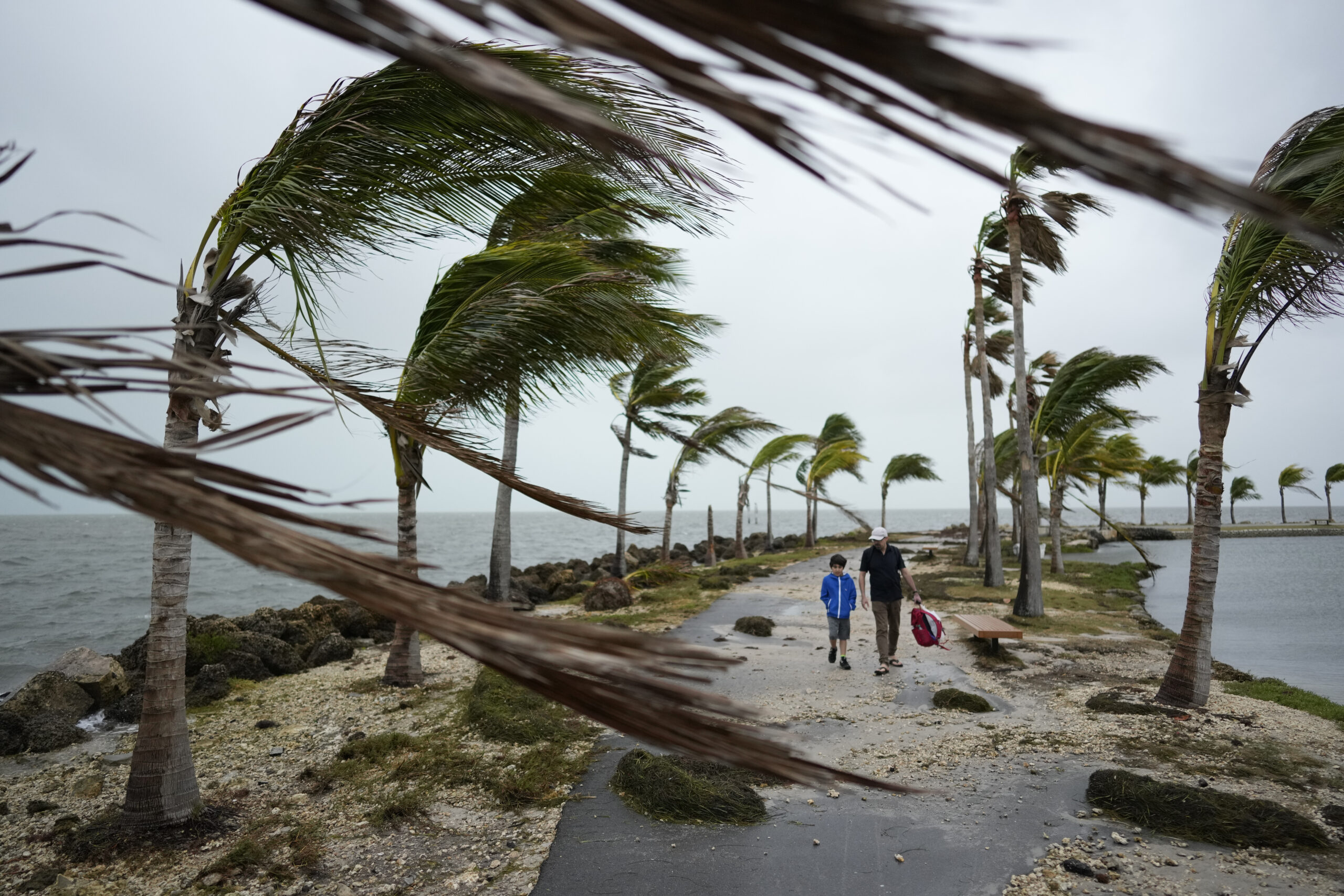
By Maribel Velazquez
Aug 28, 2024, 3:39 PM EDT
In a report, the World Meteorological Organization, WMO, reported that although the La Niña phenomenon is taking a while to arrive, the Equatorial Pacific Ocean is cooling down more and more, giving way to the natural phenomenon to finish developing and becoming established in the world.
The latest global climate update indicates that between May and July, the sea surface temperature (SST) index in the eastern Pacific Ocean dropped “to a below-normal level,” while the SST in the equatorial central and eastern Pacific remained in a Neutral phase of ENSO.
The WMO also made it clear that the ocean is cooling slowly, so it is likely that in September, October and November the conditions for the arrival of La Niña will be reached, although scientists believe that it will be a “weak” phenomenon.
“Above normal” temperatures will be experienced
The WMO forecast is in line with that of the National Oceanic and Atmospheric Administration (NOAA), which says La Niña has a 66% chance of developing between September and November and a 74% chance of developing between November and January.
This is why some regions of the world, such as Africa, Australia, Asia, North, Central and South America and the Caribbean, will experience “above normal” temperatures.
The report draws attention to the fact that global sea surface temperatures, which were the highest on record between April 2023 and June 2024, do not follow the typical historical patterns associated with ENSO and DIO.
Below-normal temperatures are expected in coastal areas of southern South America, and temperatures are forecast to rise globally between September, October and November; Africa, East and Southeast Asia will experience above-normal weather.
The report also indicates that almost all of South Latin America will experience increased chances of below-normal rainfall.
Scientists do not rule out that another factor indicating the slow development of La Niña is global warming, as well as the intense heat that the planet has been experiencing for more than a year.
